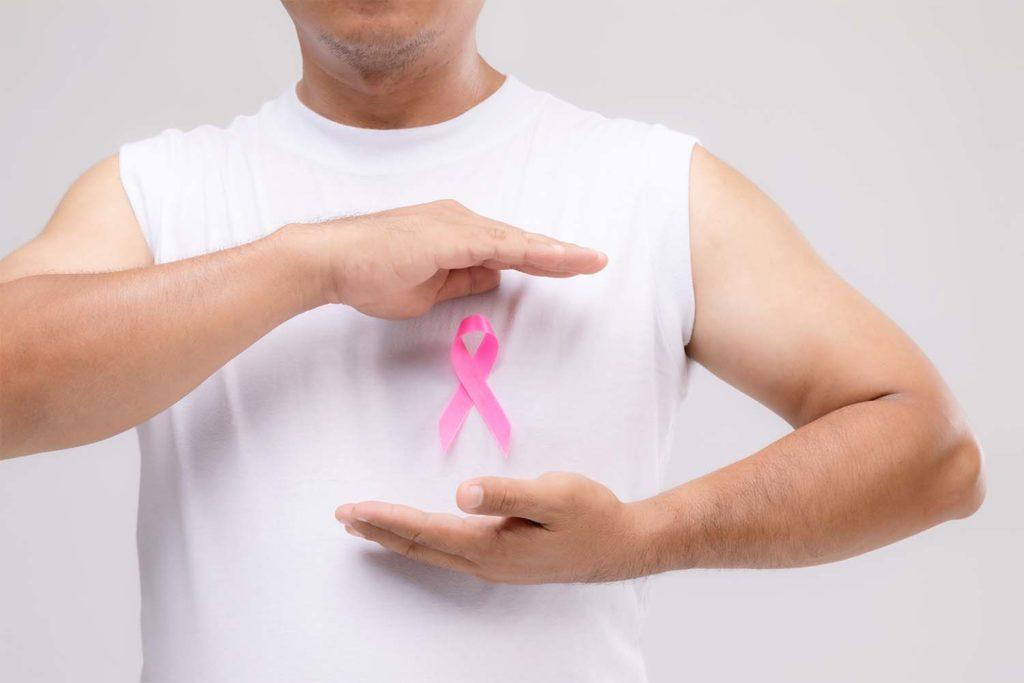Let’s Talk About Breast Cancer in Men
Second to Nature acknowledges men get breast cancer too. So that’s Second To Nature’s May blog. According to the Center for Disease Control (CDC,) “one out of every 100 breast cancers diagnosed in the United States is found in a man.” While family history and mutations like the BRCA2 gene impact both sexes equally, cirrhosis and obesity specifically impact men’s risk. The most common types that men develop include:
- Invasive Ductal Carcinoma
- Invasive Lobular Carcinoma
- Ductal Carcinoma in Situ
Like Women, Men Can Develop Invasive Ductal Carcinoma Breast Cancer
With invasive ductal carcinoma, cancer cells form in men’s breast ducts. The invasive ductal carcinoma cells then grow on the outside of their ducts into other areas of the breast. Invasive ductal carcinoma cells can also metastasize in other body parts, like the lymph nodes.
Invasive Lobular Carcinoma in Breasts Also Occurs in Men and Women
Similarly, invasive lobular carcinoma cells start forming in the lobules. From the lobules, invasive lobular carcinoma cells spread to the nearest breast tissues. Just like ductal carcinoma, invasive lobular carcinoma cancer cells can also metastasize to areas of the body like the lungs.
Men and Women Can Also Get Ductal Carcinoma in Situ Breast Cancer
Ductal carcinoma in situ differs from the other two breast cancers. Unlike ductal or lobular carcinoma, ductal carcinoma in situ is a breast disease limited to the lining of the ducts. Sometimes ductal carcinoma in situ leads to invasive breast cancer. Usually, though, the ductal carcinoma in situ cancer cells don’t spread to other tissues in the breast nor metastasize.
Cirrhosis and Obesity are Common Risk Factors for Men
Two common risk factors for men developing breast cancer are cirrhosis and/or obesity. Obesity means a person is excessively overweight, and cirrhosis is scarring of the liver. Cirrhosis increases men’s risk for breast cancer by lowering their androgen levels and raising estrogen levels. Obesity causes chronic inflammation and increased levels of insulin, and sex hormones, all of which can lead to cancer.
Having risk factors like cirrhosis and obesity doesn’t mean men will develop breast cancer, though. That said, the CDC suggests that “all men can lower their risk by keeping a healthy weight and exercising regularly.”
Call Second To Nature at (540) 366-2711 for information about mastectomy education in Roanoke, VA, and custom breast prosthesis. Like and follow us for updates on Facebook. We’d be happy to discuss how men get breast cancer too.

